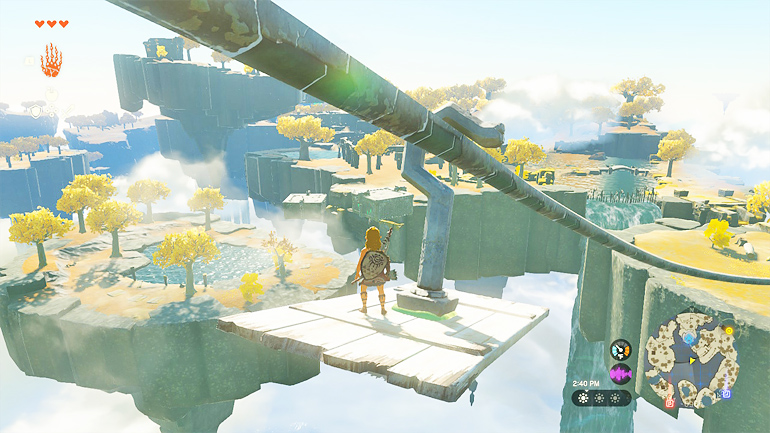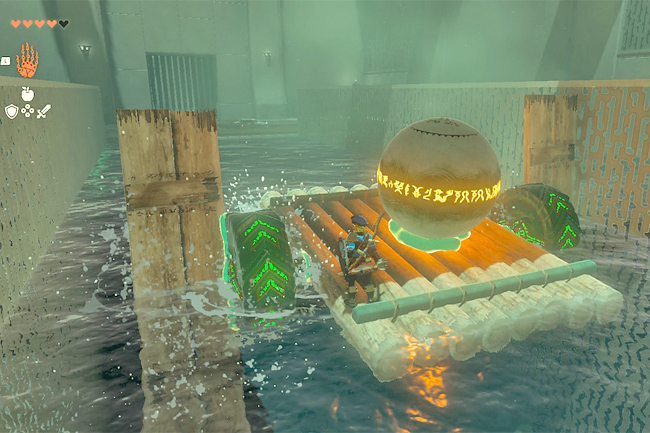Daniel Lim
Six years ago, to coincide with the release of the Nintendo Switch, the world was graced with The Legend of Zelda: Breath of the Wild, captivating audiences and players with its vast world and story.
Since then, various other open world games have been released on other platforms that can compete with the scale and volume of what is seen in Breath of the Wild, with crowning examples including but not limited to titles such as Red Dead Redemption 2 in 2018, Ghost of Tsushima in 2020 and Elden Ring in 2022.
But over these six years, Nintendo has quietly developed the sequel to the critically acclaimed title that drew awe and drained hours as players explored the fictional world of Hyrule.
While the original release date 2022 was pushed to 2023, The Legend of Zelda: Tears of the Kingdom was finally released on May 12; and many wondered if it could capture the wonder and excitement of adventuring and exploring the lands of Hyrule once again.
Even before its eventual release, an in-depth gameplay reveal in March set a high bar with the introduction of many new gameplay mechanics, as well as some returning systems.



This includes the controversial weapon durability, which was the bane of many players’ experiences with the previous game.
One of the sequel’s new gameplay features are the Ultrahand and the Fuse mechanics, which opens more player expression and choice. Similar to the Magnesis mechanic in Breath of the Wild which enabled players to interact with magnetic objects, Ultra-hand enables players to interact with most objects in the game world.
This, coupled with Fuse, means that players are free to not only create their wildest inventions but also fuse unlikely items with a weapon or armour of choice to further augment their ability to deal damage and protect themselves. Even a simple stick can now be a deadly weapon with the right materials fused to it.
This is evident with the various creations concocted by players, ranging from flying vehicles and tanks that can traverse large areas while offering both offensive and defensive options, to “creative” structures that serve little purpose.
All these creations are made possible with the introduction of new Zonai devices, which come in the form of individual parts such as flame emitters, fans, steering control and more that can be combined using Ultrahand to form the player’s wildest inventions into reality in-game.
These Zonai devices are also related to the story told in the game as a sequel. While the story of Tears of the Kingdom does take place after Breath of the Wild, it is not necessary to have played the previous game to enjoy this new title, though an understanding of the predecessor’s story can greatly improve the overall experience.
As a sequel, Tears of the Kingdom has more to offer in terms of the stories told as well as the open world, though at the expense of sunsetting the older mechanics such as the Sheikh Slate abilities like the aforementioned Magnesis, Cryonis, Stasis, and Remote Bombs.
In their place are new abilities such as Ascend which essentially enables players to quickly swim up a ceiling to the top, Recall which reverses time that can be used in puzzles as well as in combat to quickly react to projectiles, to the aforementioned Ultrahand and fuse mechanics.
Altogether, players are given free rein on how they want to tackle the challenges ahead, that exist in both combat as well as puzzles in the form of enemy spawns and shrines scattered throughout the game.
While the open world takes inspiration from the Breath of the Wild’s Hyrule, it is a complete overhaul of the map design, which is evident as players are first introduced to this new world through the floating sky islands.
These sky islands serve not only to provide more opportunities for exploration but also aid in it as they can be used as a platform to scout as well as to glide and dive, with the latter being a new addition to help traversal.
But what is more captivating is that players can quickly dive from these sky islands, and dive onto Hyrule without any loading screens – a feat for an ageing console such as the Nintendo Switch.
This is more apparent as players can delve even deeper and quickly discover early in the game that the change in terrain not only affects the sky but also the ground beneath, as sinkholes have opened up to a whole underground map the size of Hyrule itself that is shrouded in mysterious darkness and gloom, with a similar tone and feel to Blighttown from Dark Souls or Caelid from Elden Ring, which injects a renewed tension into exploring the whole of Hyrule once again.
While Tears of the Kingdom might be the best game for many, those looking for a more “hand-holding” experience with a more linear story and progression might not be keen on the game’s lack of guidance and quest markers.
But for the rest, Tears of the Kingdom is a game that has mastered the lessons learnt in Breath of the Wild and embraces the fact that the players solve problems through creative means, and instead of preventing it, Nintendo gives players more innovative abilities to use that can lead to gratification when they can finally solve the problem they face and leave them itching for more.





